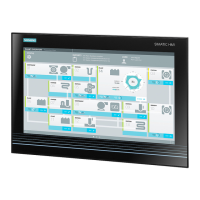
Do you have a question about the Siemens SIMATIC IPC477E and is the answer not in the manual?
| Type | Industrial PC |
|---|---|
| Power Supply | 24 V DC |
| Processor | Intel Core i7 |
| Storage | SSD |
| Operating System | Windows 10 |
| Display Sizes | 15, 19, 22 inches |
| Resolution | 1280 x 1024 |
| Touchscreen | Yes, projected capacitive |
| Protection Class | IP65 |
| Interfaces | USB, Ethernet, Serial |
| Dimensions | Varies depending on display size |
| Weight | Varies depending on display size |
Provides information needed for commissioning and operating the SIMATIC IPC477E.
Outlines the necessary background in PCs and Microsoft operating systems for understanding the manual.
Defines which SIMATIC IPC477E industrial PCs and article numbers the instructions apply to.
Lists the included documentation components for the IPC, like product information and quick install guides.
Explains terms used in the manual, such as 'device' and abbreviations for Windows versions.
Details the safety alert symbols and their meanings for personal safety and property damage.
Defines personnel qualified to operate the product based on training and experience.
Provides notes on the correct usage of Siemens products, emphasizing compliance with documentation.
Describes the SIMATIC IPC477E, including its features and device variants.
Details the physical design of the built-in units, including views and components.
Illustrates and describes the design of devices with resistive single touch screens.
Illustrates and describes the design of devices with capacitive multi-touch screens.
Explains devices that feature expansions, specifically PCIe card options.
Details the interfaces and controls for devices powered by 24 V DC.
Details the interfaces and controls for devices powered by 100-240 V AC.
Lists the components included in the accessory kit for the built-in unit.
Provides information on additional accessories available for the device.
Covers general safety precautions, including warnings for high voltage and system expansions.
Provides warnings and notes on the safe handling and disposal of lithium batteries.
Explains Electrostatic Sensitive Devices (ESD) and precautions to prevent damage.
Discusses Siemens' approach to industrial security and customer responsibilities.
Provides recommendations for securing administrator accounts against unauthorized access.
Details important notes for operating the device, focusing on environment and chemical resistance.
Explains the impact of environmental conditions and chemical agents on device operation.
Covers initial steps for mounting, including checking the delivery package and device data.
Provides a procedure for checking the packaging for transport damage and completeness.
Explains how to identify the device using its data for repairs or theft cases.
Details specific information for the built-in unit, including mounting positions.
Describes the allowed mounting positions for the built-in unit and temperature considerations.
Outlines requirements for the mounting cutout to ensure the degree of protection.
Provides guidelines for installing the built-in unit, including safety and enclosure requirements.
Details general installation guidelines, safety warnings for high voltage, and fire risks.
Explains the correct positions for mounting clips/brackets to achieve IP65 protection.
Describes the procedure for mounting the device using the provided mounting clips.
Details the process of mounting the device using accessory mounting brackets.
Specifies additional clip positions for achieving IP66 degree of protection with capacitive screens.
Covers various connection procedures, including power supply and peripherals.
Provides crucial notes on connecting the device, including risks of fire, electric shock, and lightning.
Details the connection of the built-in unit's power supply.
Explains the procedure and requirements for connecting the protective earth conductor.
Provides instructions for connecting the device to a 100-240 VAC power supply system.
Details how to connect the power supply terminal, including precautions.
Explains the procedure for connecting the device to a 24 V DC power supply.
Discusses connecting peripheral devices, including hot-plugging and USB device considerations.
Covers options for integrating the device into system environments and networks via Ethernet.
Explains how to secure cables using strain relief assemblies.
Provides a step-by-step guide for attaching strain relief to cables.
Provides general notes and cautions before commissioning the device.
Guides through the initial setup of the pre-installed operating system on the device.
Explains the Windows Action Center's role in checking device safety aspects and providing recommendations.
Lists available operator input methods like touch screen, keyboard, and mouse.
Explains how to operate devices with a resistive single touch screen, including precautions.
Details operation of capacitive multi-touch screens, including gesture usage and safety.
Describes the SIMATIC IPC PDT software for panel drivers and tools configuration.
Covers advanced functions like monitoring, write filters, and management technologies.
Introduces monitoring functions available for the device, such as temperature and battery.
Explains the device's temperature monitoring system and error reactions.
Details the watchdog function for system monitoring and its reaction modes.
Explains the battery monitoring system and its status checks.
Describes the monitoring of HDD, SSD, and CFast cards via SMART bit.
Explains the purpose and function of the Enhanced Write Filter (EWF).
Describes the File Based Write Filter (FBWF) and its comparison with EWF.
Explains the non-volatile memory (NVRAM) for data backup during power failures.
Introduces Intel Active Management Technology (AMT) for remote maintenance.
Describes the Trusted Platform Module (TPM) for device security functions.
Provides instructions on how to open the device to install expansions.
Details the procedure for opening the built-in unit for memory expansion.
Guides through the installation and removal of SO-DIMM memory modules.
Explains the installation and removal of a PCIe card in devices with PCIe expansion.
Covers the installation and removal of CFast cards from the external slot.
Describes how to configure CPU power consumption modes via BIOS Setup.
Recommends preventative replacement intervals for PC components subject to wear.
Provides information on making repairs, including safety warnings and approved expansions.
Outlines safety regulations for working on electrical systems, emphasizing prevention of shock.
Explains how to clean the device front, including recommended cleaning agents and precautions.
Details procedures for installing and removing hardware components like batteries and drives.
Provides steps for replacing the back-up battery on specific device models.
Guides on replacing the Solid State Drive (SSD) in specific device models.
Explains the procedure for replacing the Hard Disk Drive (HDD) in applicable devices.
Covers software installation, including operating system reinstallation and updates.
Explains how to reinstall the operating system using the supplied USB stick.
Details the general steps for reinstalling the operating system from a USB stick.
Describes how to restore the device to its original factory software state.
Provides instructions for installing Windows 7, including setup and language selection.
Explains how to reinstall Windows Embedded Standard 7 and manage language settings.
Covers data media partitioning for CFast cards and HDD/SSD drives.
Details default partition configurations for CFast cards under Windows Embedded Standard 7.
Describes factory partition setups for HDD/SSD under Windows 7 Ultimate.
Explains how to adapt partitions using disk management tools.
Guides on installing drivers and software, including chipset driver importance.
Covers updating the operating system and application programs/drivers.
Recommends the SIMATIC IPC Image & Partition Creator for data backup.
Provides guidance on recycling and environmentally sound disposal of old devices.
Lists certificates and approvals for the device, including EU Declaration of Conformity and UL approval.
Details directives and declarations, focusing on electromagnetic compatibility and low-voltage standards.
States compliance with EU Directive 2014/30/EU for electromagnetic compatibility.
Provides guidelines for handling electrostatic sensitive components (ESD) to prevent damage.
Presents dimension drawings for various device models and screen sizes.
Outlines technical specifications including weight, power supply, and environmental conditions.
Describes the device's hardware components, ports, and interfaces.
Explains the BIOS setup, including overview, selection menus, and structure.
Introduces Intel AMT for remote maintenance and its functions like KVM redirection.
Details the functional scope of Windows Embedded Standard 7.
Provides links and information for technical support, documentation, and local representatives.
Offers troubleshooting tips for common problems encountered with the device.
Provides advice on using third-party modules and troubleshooting PC crashes.
Introduces the symbols found on SIMATIC industrial PCs and monitors.
Lists safety symbols such as warnings, attention, and lock status indicators.
Identifies symbols for operator controls like power switches and eject buttons.
Shows symbols related to product certifications and approvals from various regions.
Displays symbols representing the various ports and interfaces available on the device.
A configurable write filter to protect individual files from write access.
Guideline for using electrostatic sensitive components.
Technology for diagnostics, management, and remote control of PCs.
Program to define device configuration, preset with defaults.
A drive using semiconductor memory chips, known for ruggedness and speed.
Describes error cause, analysis, and remedies for device issues.
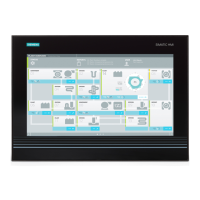
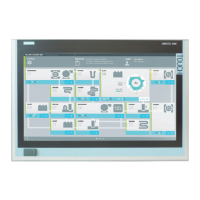
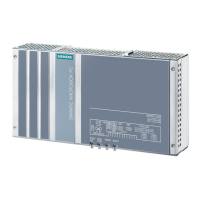
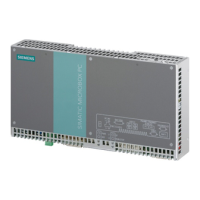
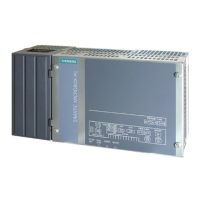
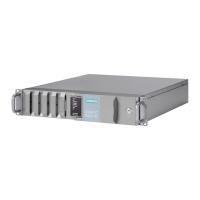
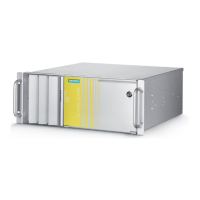
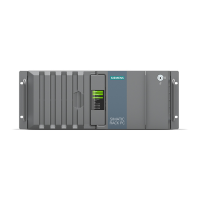

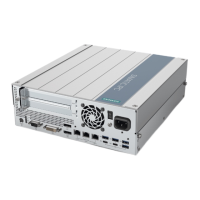
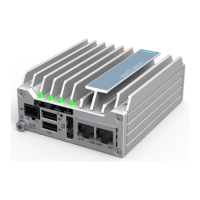
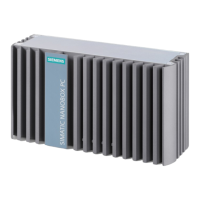
